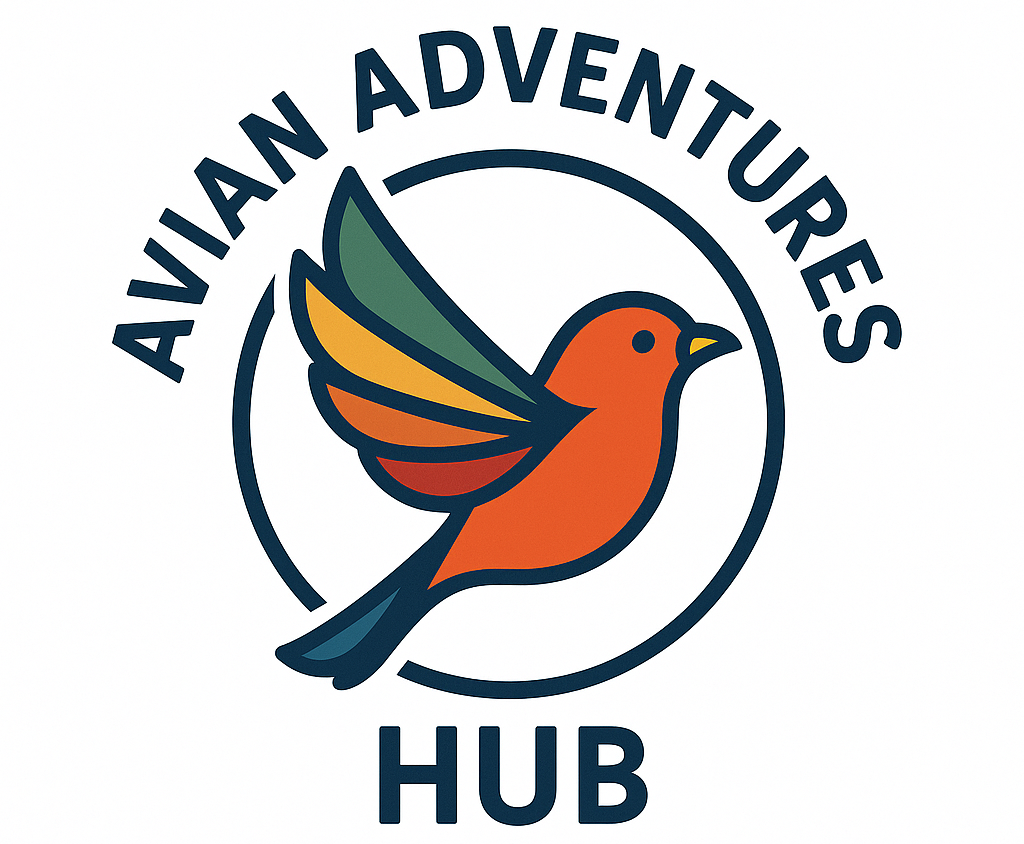Birding Tour India: The Northeast – Spectacular Birds and Mammals
Click link below to learn more:
Length of trip
Description
This small-group birding tour of northeast India visits some spectacular scenery in the eastern Himalayas and the floodplain of the mighty (and extremely lengthy) Brahmaputra River, long before it joins the River Ganges in Bangladesh. The mountains and floodplains here are two of the most biologically diverse places in India, and our tour will focus on these areas.
 Temminck’s Tragopan is one of our stunning target birds on this trip (photo Summer Wong).
Temminck’s Tragopan is one of our stunning target birds on this trip (photo Summer Wong).
We start this exciting tour in the largest city in Assam, Guwahati, situated on the bank of the Brahmaputra River. From here, we will head into the undisturbed wilderness of the Himalayan foothills of Nameri National Park. This area protects numerous species, and we will look for special birds including at least two that are classified as Endangered by IUCN, Greater Adjutant and White-winged Duck (a secretive forest duck). Nameri also hosts many other interesting birds, such as Great Hornbill, Wreathed Hornbill, Red-breasted Parakeet, Grey-headed Fish Eagle, Great Stone-curlew, River Tern, Small Pratincole, Bengal Bush Lark, and Sand Lark.
 The shy, secretive, and rare White-winged Duck can be found, with luck, in swampy forest areas in Nameri National Park.
The shy, secretive, and rare White-winged Duck can be found, with luck, in swampy forest areas in Nameri National Park.
After our stop at Nameri, we will climb into the incredibly beautiful mountains and spend almost a week birding within and around the Eaglenest Wildlife Sanctuary in Arunachal Pradesh, one of the best-known and highly regarded mountain birding sites in the whole of Asia. This is one of our favorite birding destinations in the world. The scenery, forests, and birding here are all spectacular, and we will be looking for some amazing birds such as Temminck’s Tragopan, Blyth’s Tragopan, Blood Pheasant, Snow Partridge, Himalayan Monal, Spotted Elachura, Bugun Liocichla, Ward’s Trogon, Beautiful Nuthatch, Yellow-rumped Honeyguide, Himalayan Cutia, and Fire-tailed Myzornis. We will also look for plenty more gorgeous laughingthrushes, parrotbills, rosefinches, barwings, and related species, with species such as Spotted Laughingthrush, White-breasted Parrotbill, and Rusty-fronted Barwing likely to be some of the highlights. The area is also great for babblers, of which we will seek out many, with Sikkim Wedge-billed Babbler and Bar-winged Wren-babbler being on the opposite sides of the size spectrum. But there is so much more to this area than the brief highlight reel above!
 Found only in the Eaglenest area, the Critically Endangered (IUCN) Bugun Liocichla was only discovered in 1995, and was first described in 2006.
Found only in the Eaglenest area, the Critically Endangered (IUCN) Bugun Liocichla was only discovered in 1995, and was first described in 2006.

